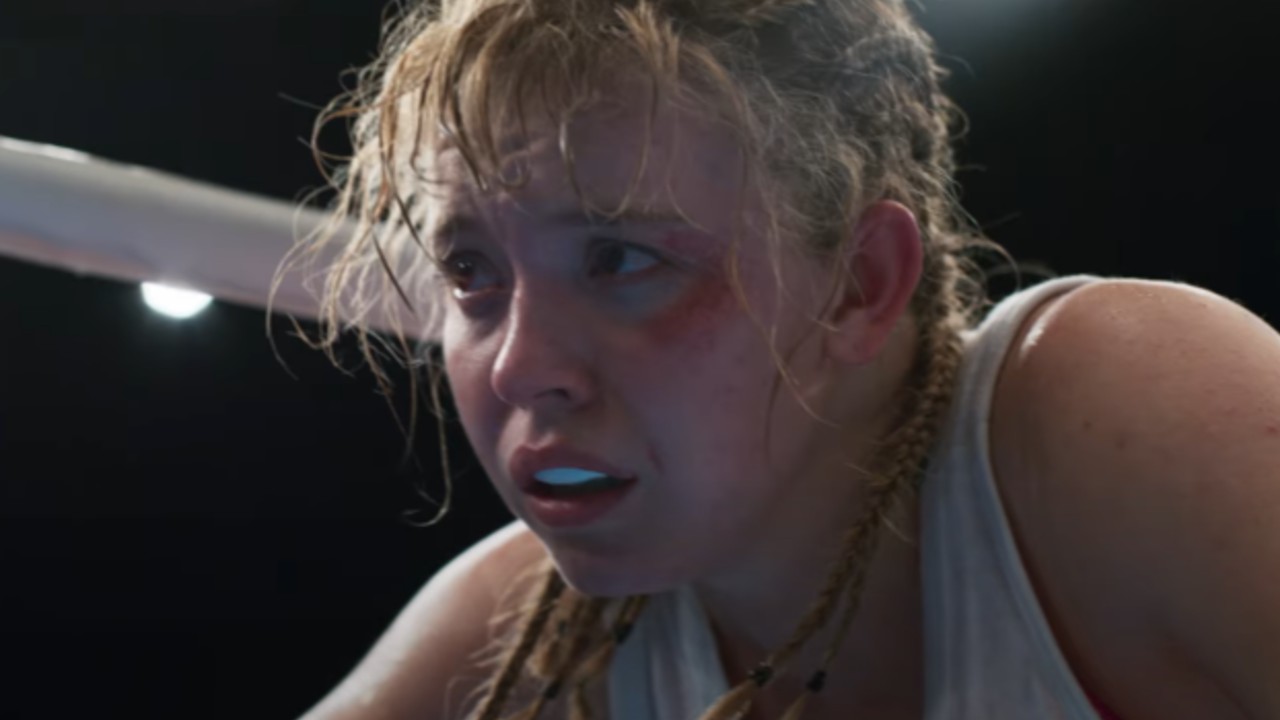The hunger has returned to Mr. Brooks’ brain. It never really left.
Yeah, that’s kind of a goofy way to start this review. It’s an equally goofy way to start a film, and yet those words displayed on screen are the way director Bruce Evans chooses to introduce his movie and his main character. I couldn’t help but chuckle and notice that most of the rest of the audience was doing the same. That’s not the best omen for a movie intended to be a serious psychological thriller, now is it?
Who is Mr. Earl Brooks? On the surface the answer is pretty boring, and it doesn’t help that Kevin Costner is the guy playing the part. He’s a man with a compulsive need to kill, but he’s so smart that he never gets caught. Not even his wife Emma (Marg Helgenberger) and daughter Jane (Danielle Panabaker) have a clue that the mild mannered Earl is so prolific a killer that he even has a nickname: the Thumbprint Killer (dubbed thusly by police for his calling card of dipping the victim’s thumb in their own blood and leaving a print somewhere at the scene). Costner goes for his usual underplayed and underwhelming performance as Brooks but is spared the embarrassment of looking like he has no idea what he’s doing. Thankfully, he’s not the only person playing the character.
Earl has a split personality. Marshall is the side of Earl that no one else can see, but he is nearly always there, even when Earl is around other people. Rather than let Costner fumble around trying to be both sides of himself, William Hurt plays his other half. While Earl wants to live a quite life and resents his own murderous ways, Marshall aches to kill and hungers for the thrill of the hunt. Marshall is by no means a savage. He has more class and charm than Earl, but he’s the driving force behind the murders. You could say Hurt plays the worse half because of his psychotic need to kill, but on the other had he’s the better half since he almost makes you forget how tedious Costner can be. This is no Jekyll and Hyde redux. Both Earl and Marshall exist at the same time, conversing and debating with each other. It’s so haunting, it’s brilliant.
At the beginning of the story Earl has suppressed Marshall for nearly two years, keeping his addiction to kill at bay. As Earl and his wife drive home from a dinner where he has been honored as businessman of the year, an almost giddy Marshall rides along in the backseat. Whispering in Earl’s ear he goads, nearly begs him to go out and kill again tonight. When Earl finally acquiesces Marshall sits back in the seat and giggles like child who has just convinced his parents to take him to Disneyland. It’s the first of many such genius scenes between Earl and Marshall and those chilling moments are what keep the movie alive.
The rest of the story is a disconnected series of relationships that could have been interesting with a little more finesse in the script. When Earl and Marshall commit their first murder in two years, a small series of mistakes threatens to get them caught. The young couple they choose to slay enjoy making love with the windows open and when Earl walks in on them he fails to close the curtains before beginning his work.
A creepy amateur photographer/voyeur (Dane Cook) who lives across the street catches Earl in the act and rather than go to the police, uses his photos for blackmail. He doesn’t want Earl’s money. Instead he wants to be taught how to kill without being caught. As Earl decides what to do with this not-so-bright upstart, police investigator Tracy Atwood (Demi Moore), who has been hunting the Thumbprint Killer for years, is stunned that the murderer has returned after a long hiatus. Earl’s mistakes put her hot on his trail. Meanwhile, Earl’s daughter has returned home, fresh from dropping out of her freshman year of college. She carries a terrible secret linked to her father’s homicidal tendencies giving Earl and Marshall even more to worry about. To top it all off, the stress of the situation reinforces to Earl the knowledge that despite his mistakes, he’s too smart to ever be caught. It frightens him to the point that he wants to take his own life for the sake of those around him, a notion that Marshall is none too keen on. He wants to live.
Your Daily Blend of Entertainment News
Mr. Brooks does an excellent job of showing off Hurt and Costner’s unsettling inner dialogue, but can’t manage to pull the script's other storylines together quite so well. Moore is unyielding as the besieged Atwood and Dane Cook takes a bold turn from his usual comic characters to play something much darker, but good performances can’t salvage the meandering script. With so many disconnects the movie ends up feeling like a bunch of great acting scenes strung together with no one to make sure they tell a solid, overall story. The rancid cherry on top is an inevitable scene where Costner bares all. I know his barenaked rear end shot is sort of his calling card and not doubt it had the ladies all a flutter in the eighties. But he's getting a little too old for it, now. No one needed to see that this time around.

